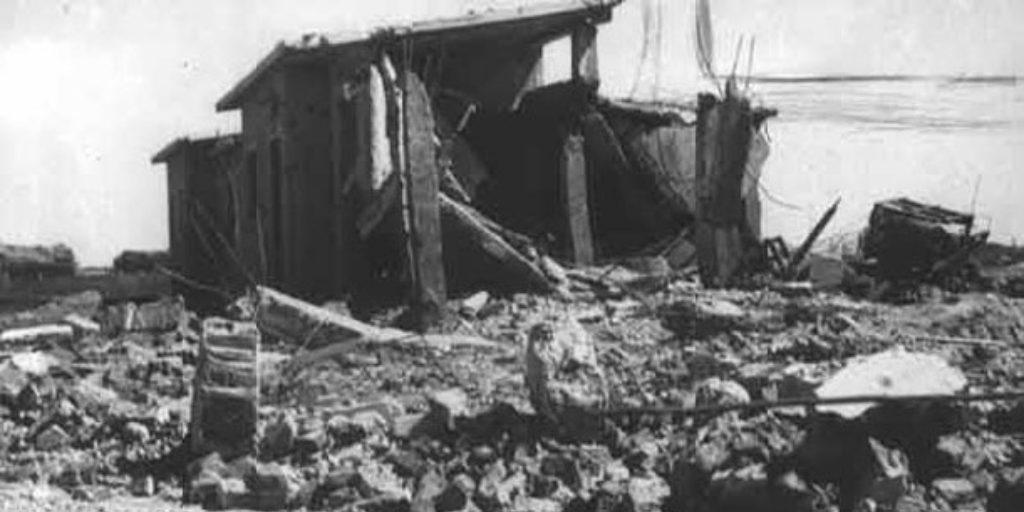It was a Wednesday morning — 8 April, like today. Mothers packed their children’s lunch and waved them off, teachers sat in class preparing lessons for the day, and children journeyed to another school day. None of the villagers of Bahr Al-Baqar — an Egyptian village south of Port Said — could have predicted such a seemingly mundane day would forever scar their community; soon enough, it would be known by its inhabitants as Al Yom Al Eswed (The Black Day). Historically, it has been flagged as the Bahr Al-Baqar School Bombing, occurring more than 50 years ago. “I was in math class, like any other day. I was sat next to my best friend, Ahmed. My pencil fell, and I went underneath the desk to reach it. I never thought it would be my lifeline. I survived, but Ahmed died,” recalls Ahmed El-Demery, a survivor. The Unfolding of a Tragedy The Bahr Al-Baqar Primary School was located in the village it is synonymous with, which is considered a part of the Sharqiya province. On 9:20 AM 8 April 1970, the single-story school was destroyed by Israeli Air Force bombings. …
Remembering 8 April 1970: The Bahr Al-Baqar School Bombing Tragedy
April 8, 2022




